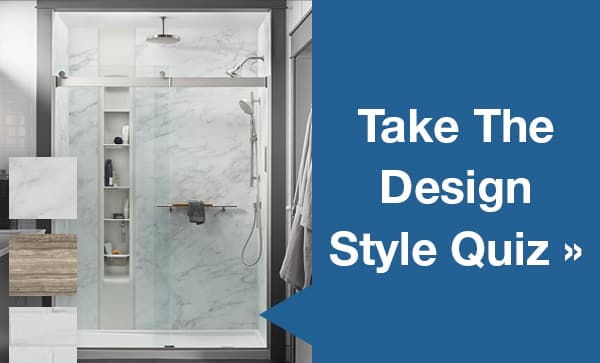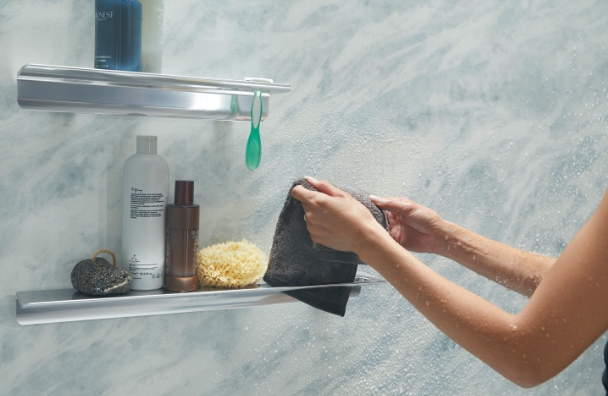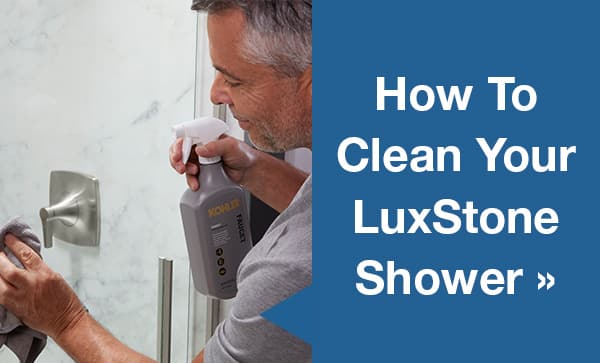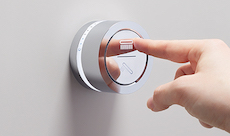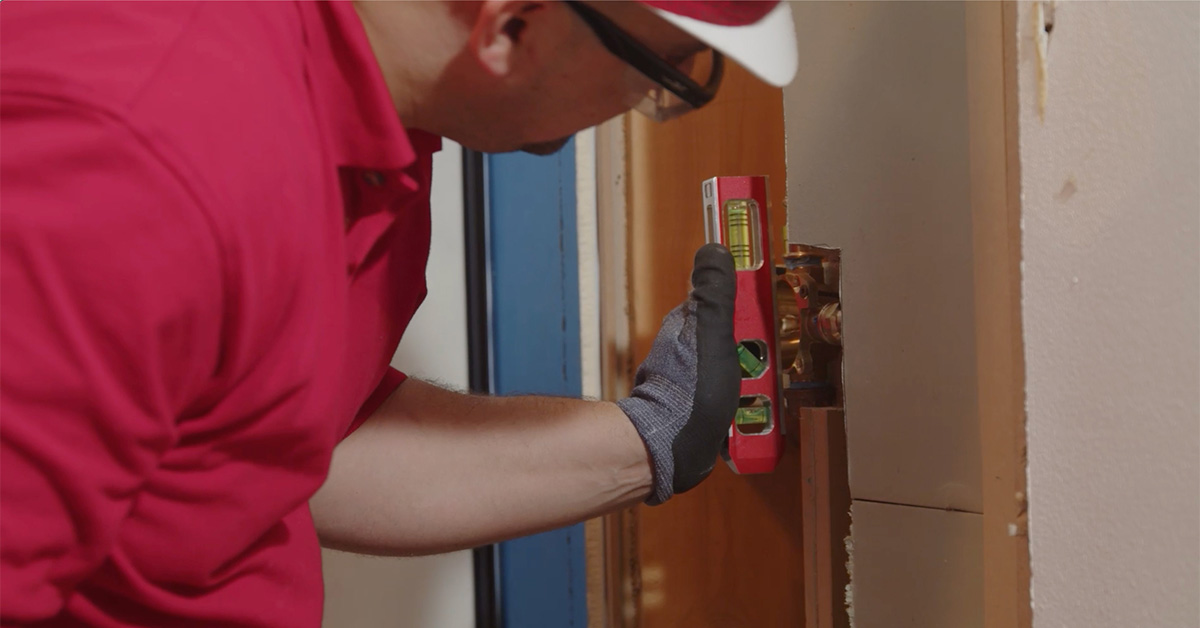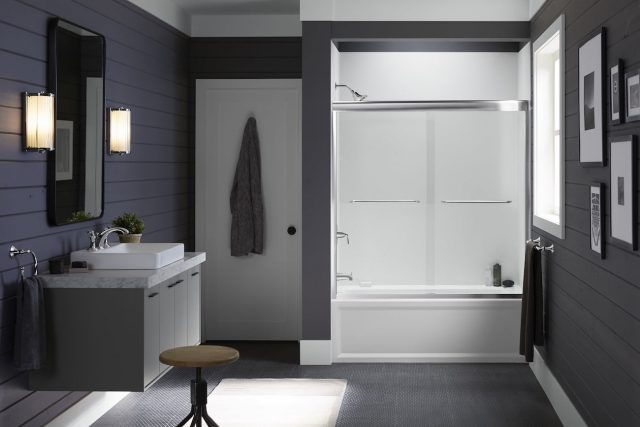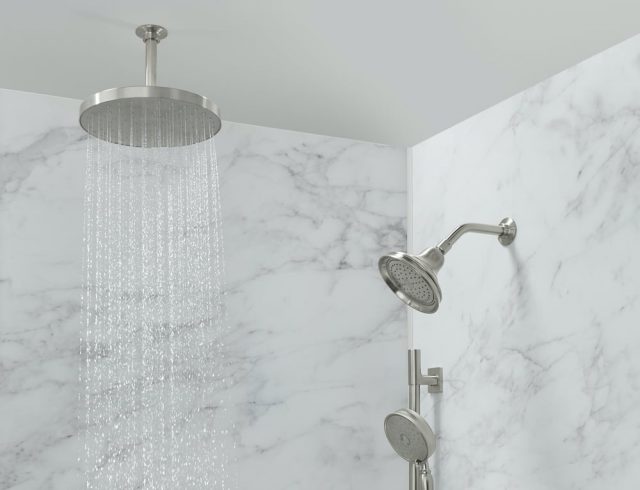When planning a bathroom upgrade, one of the biggest questions homeowners have is: How much will it actually cost to install a new shower? The truth is, there’s no one-size-fits-all answer. Shower installation costs can vary widely depending on your space, your goals, and the materials you choose.
In this guide, we’ll break down the key factors that impact the cost to install a new shower, from labor and layout to finishes and functionality, so you can budget smart and make confident decisions.
What Impacts the Cost to Install a New Shower?
Several components contribute to the overall price of a shower remodel. These typically include:
1. Demolition and Removal
Before anything new goes in, the old must come out. Removing a pre-existing tub or shower, correcting structural or water damage, or updating plumbing lines all add to the labor and timeline. Depending on your bathroom’s condition, this step may range from minor prep to significant demolition.
2. Shower Pan Installation
Your shower base, also known as the pan, is critical for both performance and water management. Traditional tile-ready shower pans require waterproofing, mortar bedding, and precise leveling. These tasks increase both time and cost.
In contrast, systems like KOHLER’s low-threshold shower bases offer a modern alternative. With a sleek, barrier design and pre-sloped base, these units simplify installation, prevent water leakage, and provide easy entry—without the added steps of waterproofing or tiling. Drain locations (left, center, right) and pan sizes also influence price.
3. Shower Wall Materials
Your wall system is both a design element and a practical investment. Traditional shower tile installation often requires significant time, skill, and materials (tiles, grout, sealant). The cost increases with the complexity of tile patterns, specialty materials, or intricate layouts.
Innovative alternatives like KOHLER® LuxStone® offer engineered stone walls that mimic the look of stone in a material that simplifies long-term care.
These walls are:
- Custom-fit to your space
- Installed in as little as a day
- Eliminate the need for grout
- Reduce long-term maintenance
4. Fixture Selection
From rain-style showerheads to handshowers and multi-spray experiences, your choice of fixtures adds to both the look and the cost. Finishes like matte black or brushed brass tend to carry a higher price tag than standard chrome, while integrated technology (like digital controls) can also drive up costs.
5. Custom Add-Ons
Upgrades like built-in benches, integrated grab bars, recessed shelving, and glass doors can elevate your space—and your bill. Sliding doors are typically more affordable than custom barn or pivot styles, but design preference and space limitations will ultimately guide your choice.
Hidden Costs to Watch For
Even with a clear vision, hidden costs can creep in if you’re not prepared. Some examples include:
- Plumbing relocation (especially when switching from a tub to a shower)
- Electrical upgrades (for lighting or smart features)
- Permits depending on your municipality
- Unexpected structural issues discovered during demolition
Working with an experienced contractor or certified installer can help you anticipate these variables early in the process.
The KOHLER Price Promise
If you’re considering KOHLER LuxStone, one standout feature is pricing transparency. KOHLER’s Price Promise offers homeowners a single, custom quote that includes all installation costs, design features, disposal of old materials, and labor—with no surprise fees.
Your local KOHLER Authorized Dealer will conduct a thorough assessment of your space, taking into account plumbing, electrical, and bathroom dimensions. From there, they’ll provide a quote that’s locked in for 90 days, giving you time to plan without pressure.
Bonus: KOHLER frequently offers promotions like a free shower door (a $1,000 value) with LuxStone purchase and 12-month no-interest financing through GreenSky®, helping you upgrade your bathroom on flexible terms.
What’s the Average Shower Installation Cost?
While costs will vary based on your layout and materials, understanding where your budget goes helps you prioritize and plan your new shower more effectively.
Budget Breakdown for a New Shower
Use these percentage guidelines to help estimate how much of your budget a new shower, or shower-tub combo, should occupy within a complete bathroom remodel:
Labor & Installation – 35–45%
Includes demolition, waterproofing, plumbing work, and the professional installation of the shower system.
Shower Wall Materials – 20–25%
Covers tile, grout, or alternative materials like engineered stone or acrylic panels.
Shower Base / Pan – 10–15%
Includes prefabricated bases or custom tile-ready pans with proper slope and drainage.
Fixtures & Plumbing Hardware – 10–15%
Includes the showerhead, valve, trim kit, handheld accessories, and rough-in components.
Glass Enclosure or Door – 10–15%
Covers sliding, frameless, or pivot-style doors, or partial glass panels.
Accessories & Storage – 5–10%
Includes grab bars, built-in shelves, seating, and recessed niches.
Finishing Touches & Contingency – 5%
Covers small extras like trim, hardware, paint—and unexpected expenses.
Important: These figures are national averages. Your final cost will depend heavily on your layout, location, materials and design choices.
Smart Ways to Manage the Cost of a New Shower
If you’re trying to stay within budget, here are a few practical strategies:
- Go with wall panels over tile. You’ll save on labor and long-term upkeep.
- Avoid changing plumbing lines unless absolutely necessary.
- Bundle features. Some systems offer integrated shelves, grab bars, and seating in one design.
- Consider financing. Spreading payments over 12 months or more can make upgrades more manageable.
- Ask about seasonal promotions. Free add-ons or discounts may be available during certain months.
Is DIY Shower Installation Worth It?
Unless you have extensive experience with plumbing, tiling, and waterproofing, installing a shower yourself can be a major risk. Even small mistakes can lead to water damage, mold, and costly repairs.
That’s why many homeowners choose professional installation, especially for full systems like KOHLER LuxStone, which can be installed in as little as one day.
So, what’s the right way to install a shower? It depends on your bathroom layout, the type of system you select, and whether plumbing needs to be relocated. While some prefabricated showers are DIY-friendly, more complex installations are often best left to the experts.
The Value of Custom Design
More than just a functional upgrade, your shower should suit your lifestyle and taste. KOHLER offers inspiration across design styles, from Modern Farmhouse to Contemporary Organic, using combinations of clean walls, mixed metal finishes, built-in storage, and tailored layouts.
Focus on What Matters Most
The cost to install a new shower depends on your vision, your space, and your priorities. Whether you want luxury materials or a clean, functional upgrade, understanding what goes into the quote helps you make better decisions.
To remove the guesswork, consider requesting a custom KOHLER LuxStone quote—backed by transparent pricing, professional installation, and high-quality components designed to last.
Ready to start your shower upgrade? Schedule your free consultation today and take the first step toward a bathroom that’s as smart as it is beautiful.
